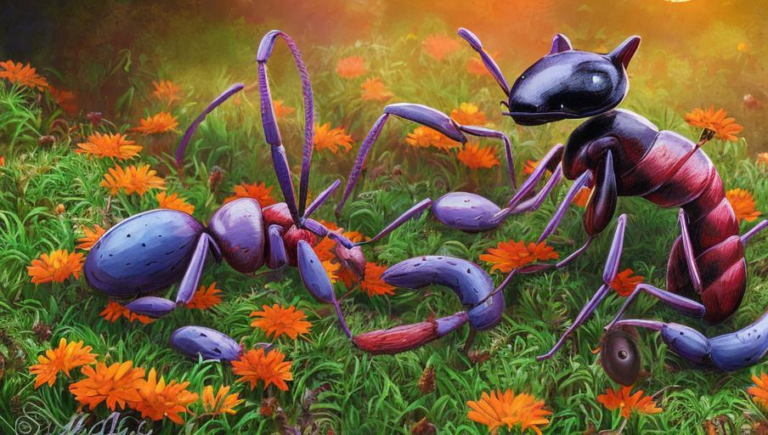Raptors of the Sky: How Cranes Have Adapted to Survive

Introduction
Cranes are a species of large, long-legged and long-necked birds that can be found in a variety of habitats around the world. They are known for their graceful and elegant appearance, their loud and distinctive calls and their impressive size. Cranes are a type of wading bird, which means they inhabit wetlands, shallow waters and grasslands, where they search for food. They have adapted to survive in these environments, and can be found on every continent except Antarctica.
Diet and Habitat
Cranes are omnivorous and primarily feed on plants and small animals, such as insects, small fish, and amphibians. They can also feed on aquatic plants, grains, and berries. Cranes inhabit a variety of habitats, such as wetlands, grasslands, and prairies. They are also often seen in shallow water and mudflats, where they search for food. Cranes are known to migrate to different areas depending on the season.
Social Structure
Cranes form strong social bonds and often travel in groups of five to twenty individuals. They form pairs for life and use their impressive calls to communicate with each other. In some species, the males perform a courtship dance to attract a mate. Cranes are highly territorial and will defend their territories by chasing off intruders with their wings and beaks.
Adaptations
Cranes have adapted to survive in their environments in various ways. Their long legs and necks allow them to reach food in deeper water, while their wingspan allows them to take off quickly in flight. They have a strong sense of vision, which helps them spot predators or potential food sources. Cranes also have an impressive sense of hearing, which allows them to detect predators from a distance. In addition, they have adapted to cold weather by growing a layer of down feathers to keep them warm.
Conservation Status
Cranes are currently listed as Least Concern on the International Union for Conservation of Nature’s (IUCN) Red List, however, some species are at risk of extinction due to habitat loss, hunting, and other human-related activities. For example, the Siberian crane is critically endangered due to hunting, wetlands destruction, and other human impacts. Conservation efforts are underway to protect the species and their habitats, including the establishment of protected areas and the reintroduction of captive-bred individuals.
Conclusion
Cranes are an impressive species of birds that have adapted to survive in a variety of habitats. They form strong social bonds and form pairs for life. They have adapted to survive in different environments by using their long legs and wingspan to take off quickly in flight and to reach food in deeper waters. Cranes are currently listed as Least Concern, however, some species are at risk of extinction due to habitat loss, hunting, and other human-related activities. Conservation efforts are underway to protect the species and their habitats.





